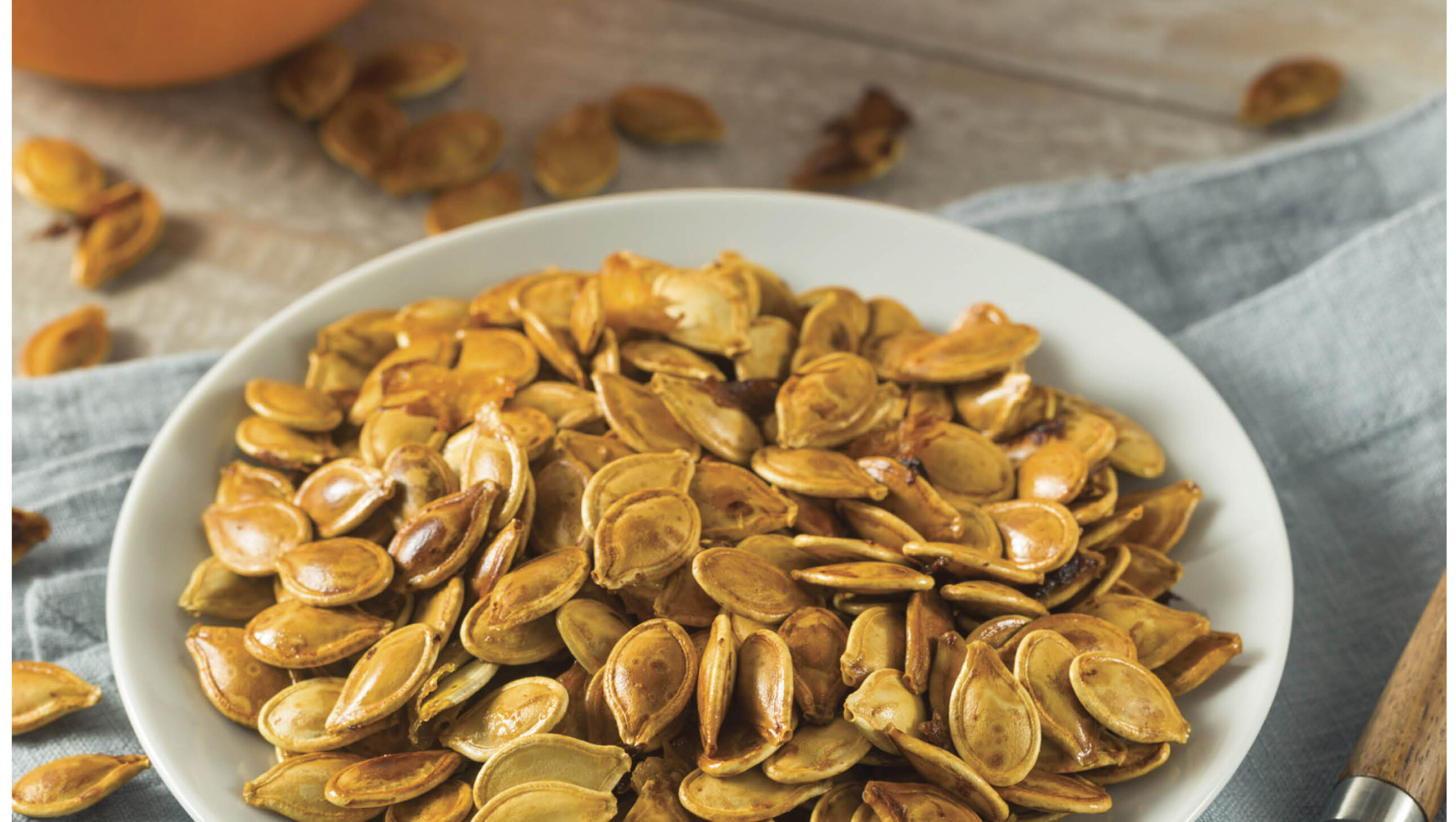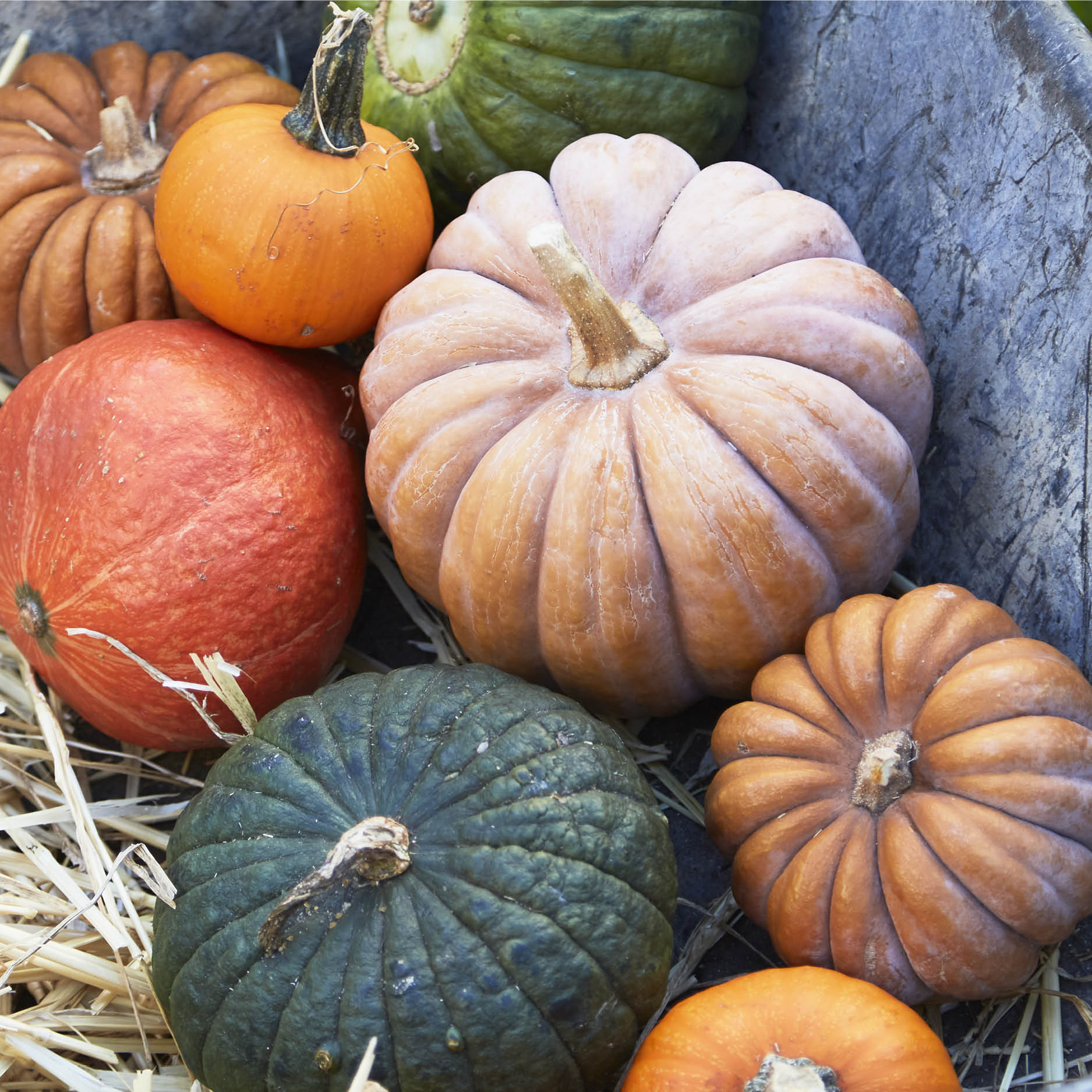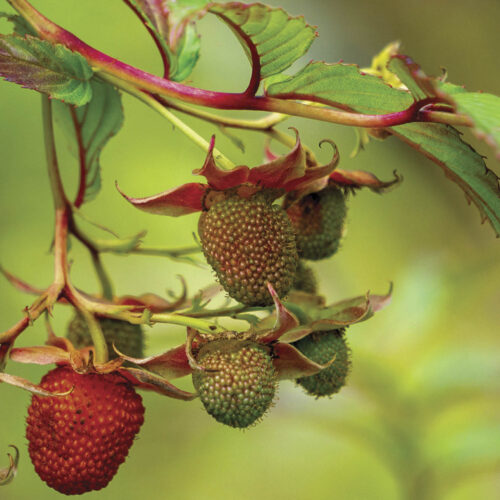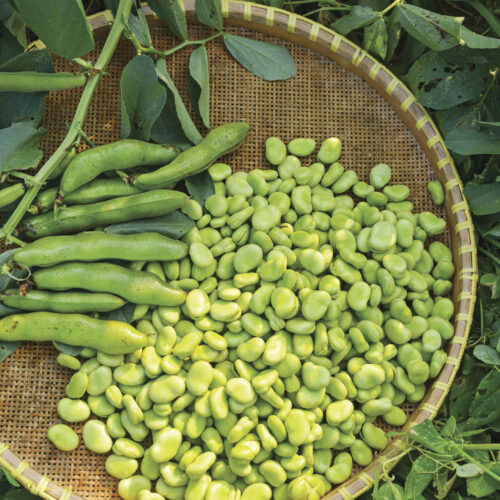Saving seeds: pumpkins
2025-04-03T09:55:21+11:00
Pumpkin seeds are not just a tasty snack, if you store them properly you will have a supply of seeds to plant for up to four years.
If you’re growing open-pollinated (heirloom) pumpkins, you can save the seed to grow future crops. All things going well, the plants and fruit will be indentical to the parent variety.
Here’s the catch: bees pollinate pumpkin flowers and often share pollen between nearby plants. This cross-pollination leads to hybrid fruit, which is a common surprise in the pumpkin patch.
I once saved seed from a Butternut pumpkin while my neighbour was growing Kent pumpkins. When I later planted the seed, the resulting fruit was a quirky blend — the familiar pear shape of a Butternut with the stripes and speckles of a Kent. It was a fun surprise and still tasted great, but if you want to ensure your seeds grow true to type, a little extra effort is required.
How to keep your pumpkins true to type
The easiest solution is to grow only one pumpkin variety in your garden each summer.
If that’s not possible, you’ll need to hand-pollinate. Start by selecting an unopened female flower (you’ll recognise it by the tiny fruit at its base) and cover it with a nylon stocking. When the flower opens, collect pollen from a male flower of the same variety (the ones on slender stems) and transfer it to the female flower. Re-cover the flower for a few days to avoid any accidental pollination and loosely tie a ribbon around the stem so you know which fruit to harvest seed from.
Storing your pumpkin seeds
To store the harvested seeds, rinse off the pulpy coating and spread them on paper towel to dry completely. Once dry, place them into an airtight container, label them with the variety and harvest date and store them in a cool, dark, dry spot. Properly stored, pumpkin seeds can remain viable for up to four years.
For more information about seed saving, head to our essential seed saving guide. You’ll find tips on harvesting and storing pumpkins in our Autumn 2025 issue (OG 156), available here.








